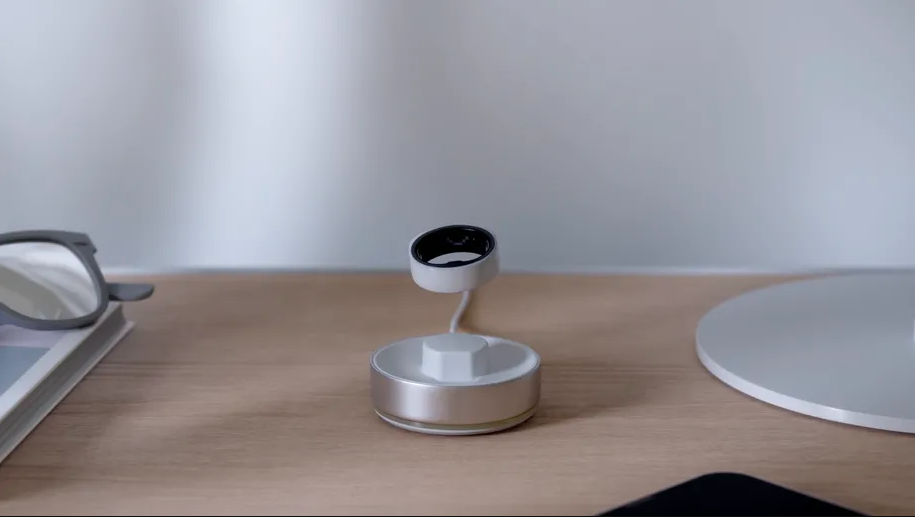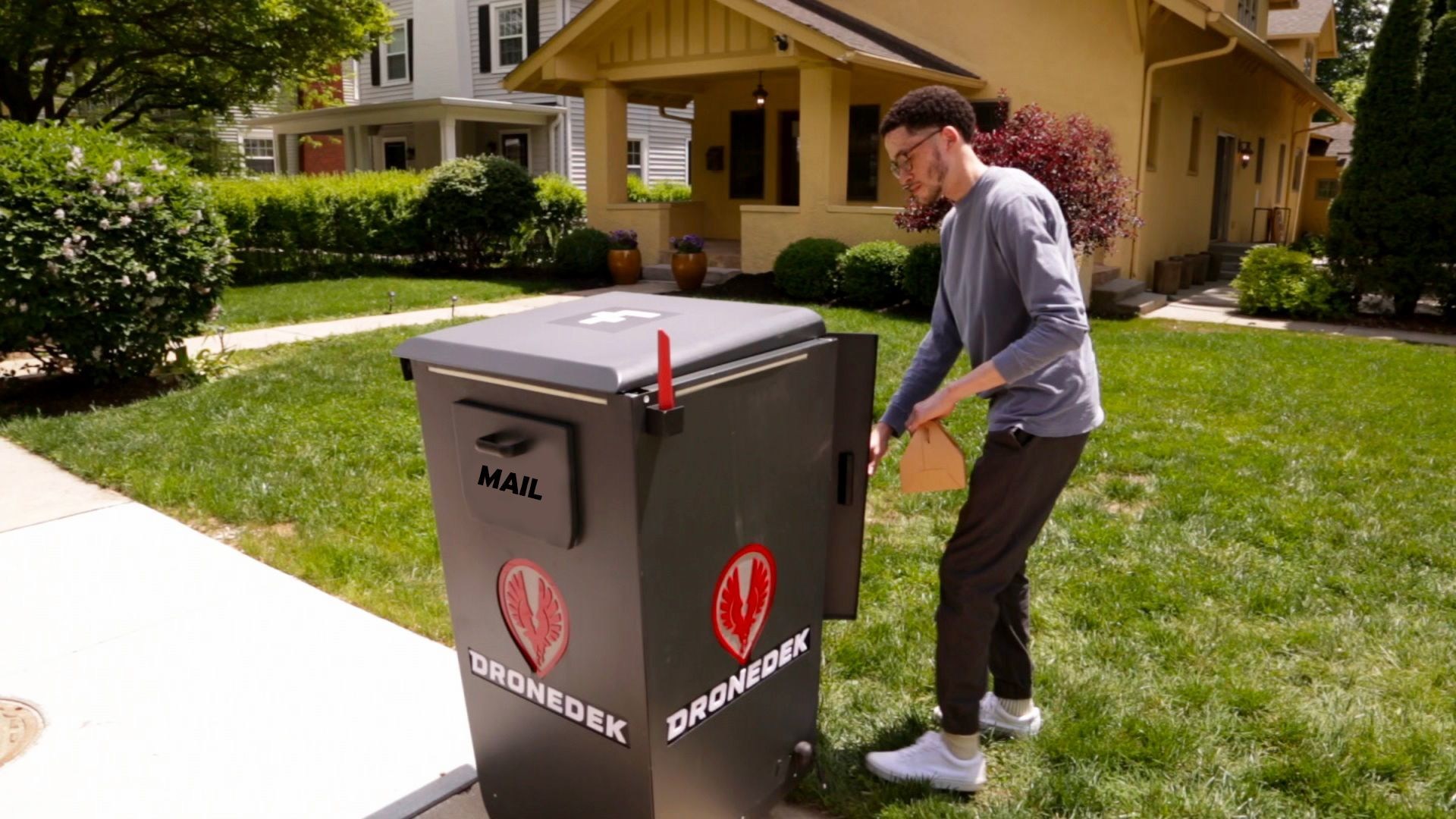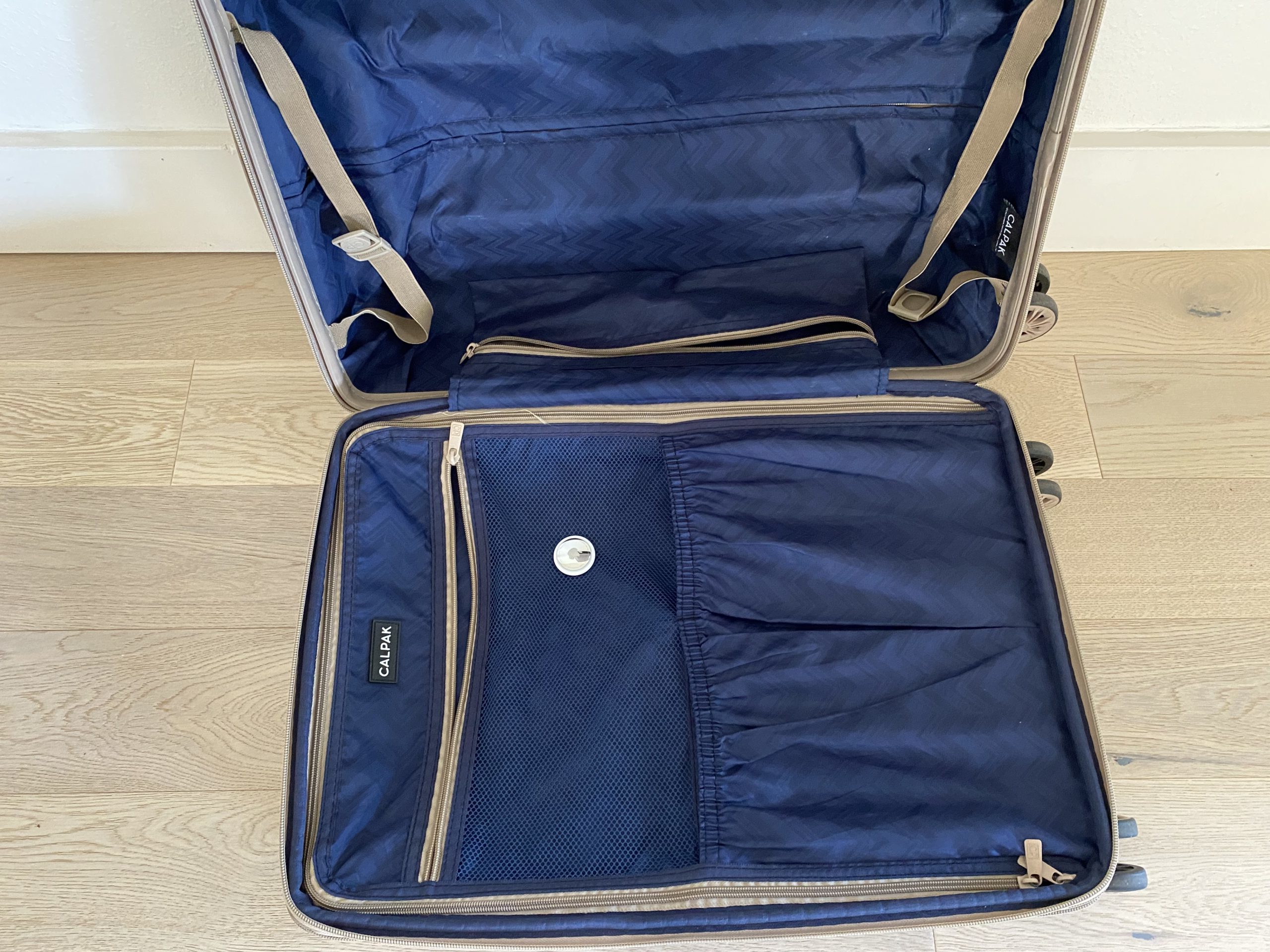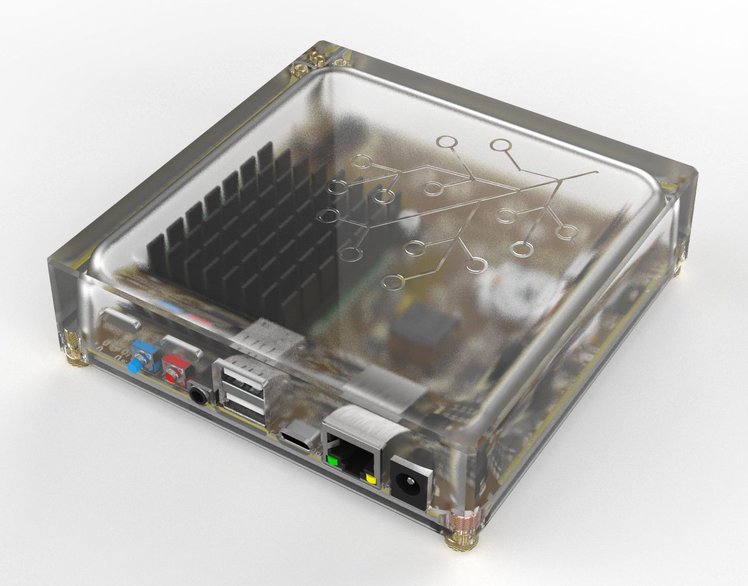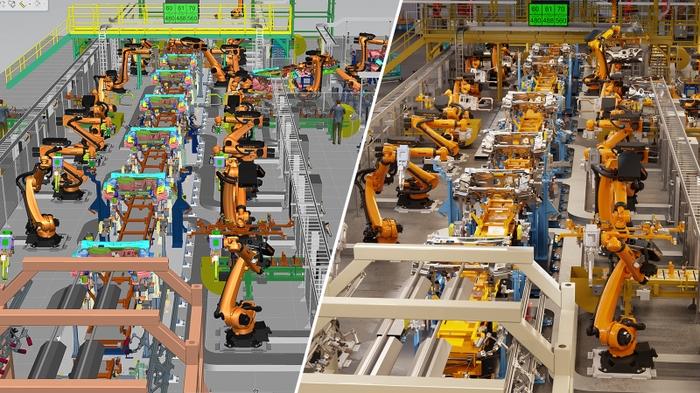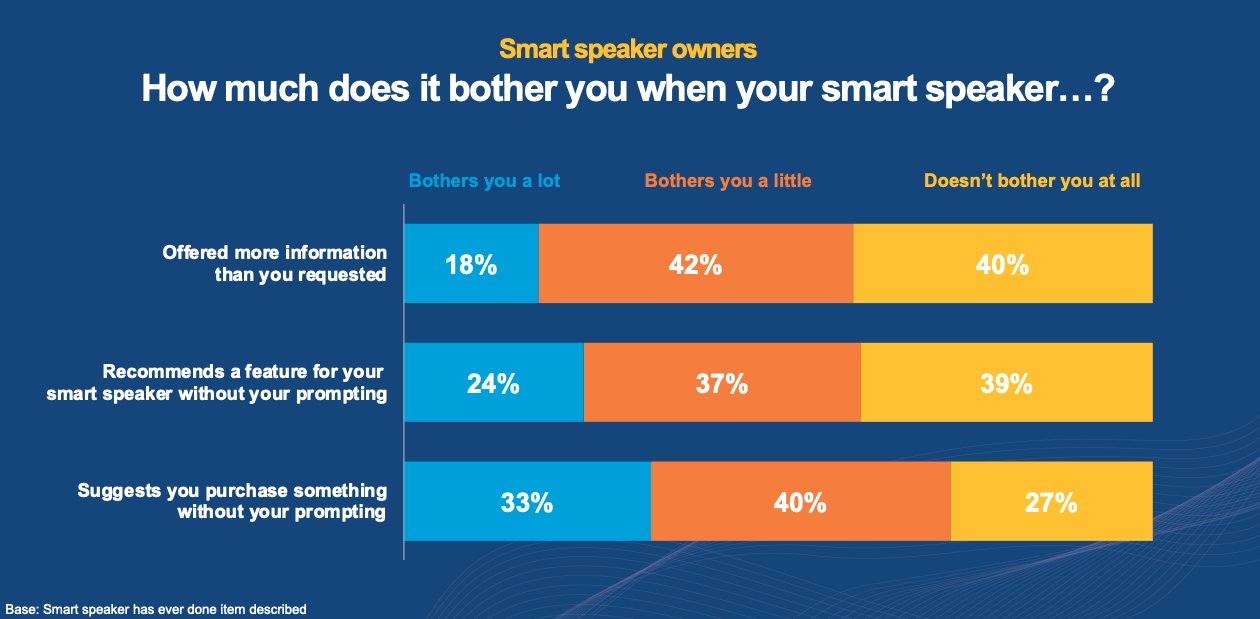This week launched with a bang for those interested in the role insurers might play in the smart home as State Farm agreed to make a 1.2 billion equity investment in security firm ADT. This follows on the heels of Google’s equity investment in ADT in 2020 and signals a shift in the way insurance companies are thinking about the smart home. Google also said it would add more money to its ADT partnership. We then discuss a Matter demonstration at IFA and give some updates on what to expect from the protocol. After that we discuss the upcoming Google event and the Apple event from this week before taking a quick break.

We don’t have a guest this week so we dove right back into the news with a trio of big fundings for the internet of things. First up is funding for a satellite IoT company called OQ that is special because it can use existing NB-IoT and LTE-M radios. The second funding is $140 million for Morse Micro, a chip company that is making chips for Wi-Fi HaLow deployments. The final funding is for Flair, a maker of connected HVAC vents for the home, which raised $7.6 million. We then talk about Ring adding end-to-end encryption for its wireless doorbell and video camera products, new ways to address your Nest Hub Max without saying “Hey Google” first, and new lights from Philips Hue. I also review the Hue Tap Dial Switch and realize my love of buttons is going to force me to do some serious work when Matter arrives. We end the show by answering a listener question about a smart button (or maybe a dumb one) for a smart garage door opener.
Hosts: Stacey Higginbotham and Kevin Tofel
Sponsors: Infineon and Silicon Labs
- With the smart home, insurers can make sure you’re staying secure
- Matter previewed at IFA
- Wi-Fi HaLow got a big boost with Morse Micro funding
- Climate change and energy conservation is driving smarter HVAC
- I really love the Hue Tap Dial Switch
Podcast: Play in new window | Download | Embed
Subscribe: RSS


